More than 11 thousand (11477)Scientific publications published in 2021 were in the Scopus database(data taken on 6 January) with at least one author with Bangladeshi affiliation, as seen on 6 January 2022. This number is 3000 more than the number for 2020(8140)found in the first week of January 2020.
Most of the publications are in English(11476). There are also few publications in Spanish(7), French(5), and Bosnian(1). Out of 11,477 publications, 10380 are finally published, and 1097 articles are still in Press. The top three subject areas of publications for 2021 are Engineering(2368), Medicine (2305), and Computer Science (2136). Environmental sciences have emerged as the fourth largest subject area, with 1692 publications this year.
1. Top 15 Researchers
One private University(BGC Trust University) faculty has obtained the top position. Two other faculties from another private University( North South University) are also in the top 15. A researcher from a medical University has secured a place in the top 15 for the first time.

From the percentage of the corresponding authorship, we can have an idea of how much of the researches are the authors’ own work and how much they have contributed or participated in others’ research. There can be exceptions to this general statement as some might have been given the corresponding authorship to accept the article by the journal.
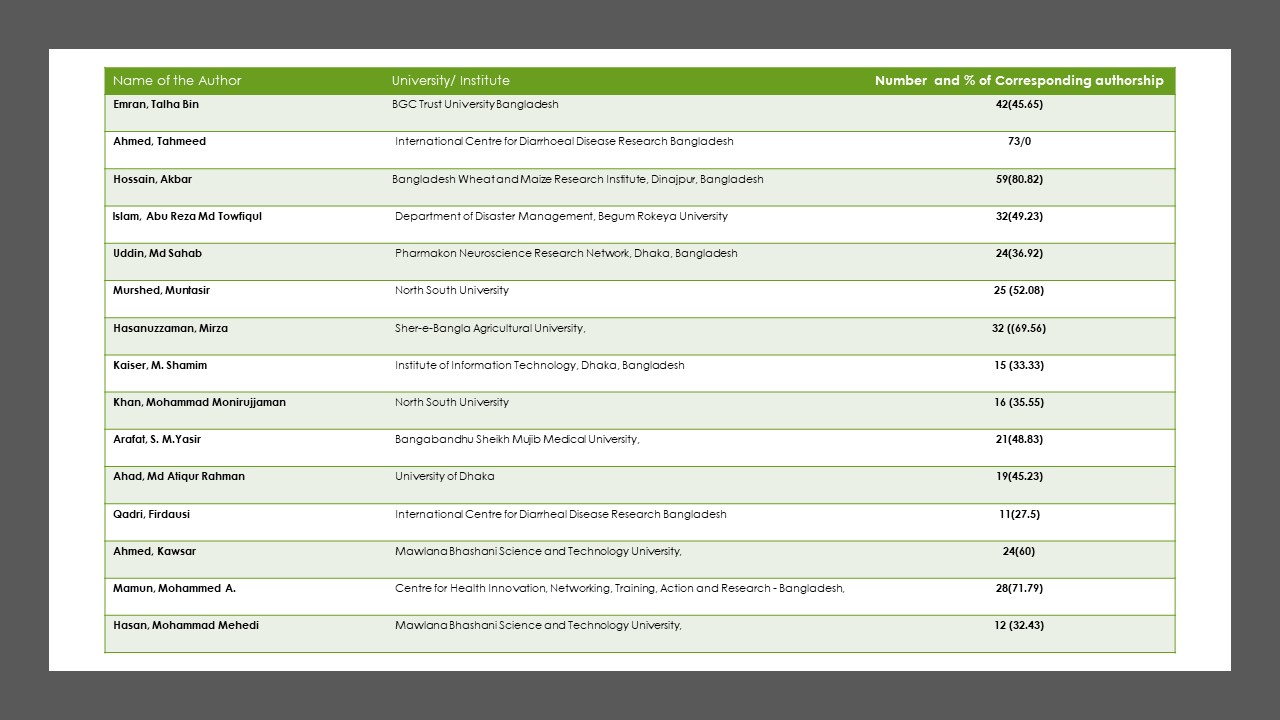
2. Top Ten Journals and Proceedings
Environmental Sciences has become the top subject area in the year 2020. That is also reflected in the list of top ten journals/conferences.
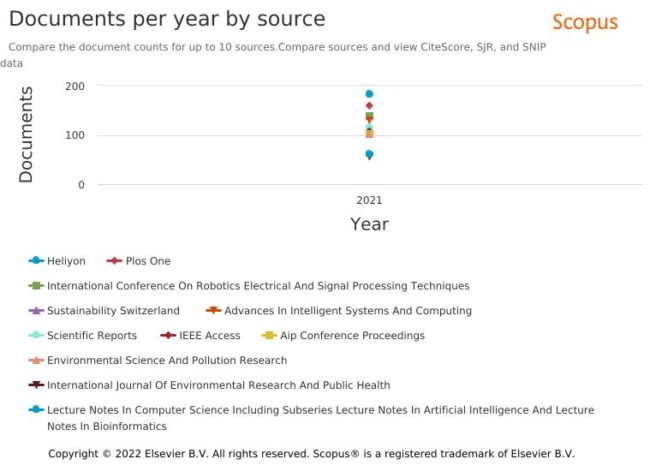
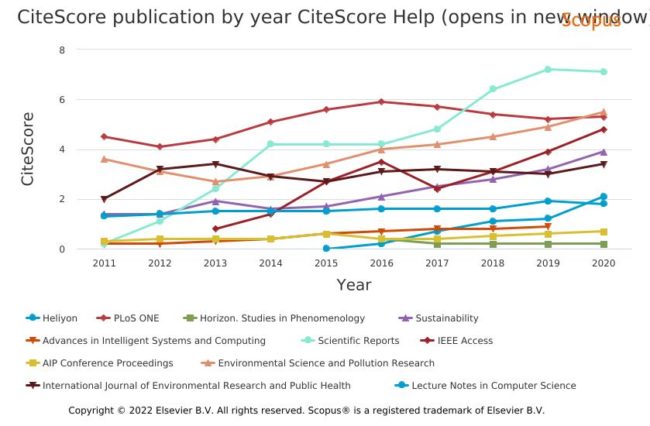
3. Top 15 Research Organizations
University of Dhaka (DU) has retained the highest position with 1246 (crossing 1000 milestones for the first time), and Bangladesh University of Science and Technology(BUET) slipped to the third position with 693 publications, while Rajshahi University has secured the second position for the first time since we started this ranking. Two private universities have obtained a place in the top ten institutes like the last year, but North-South University has come to the Fifth position.
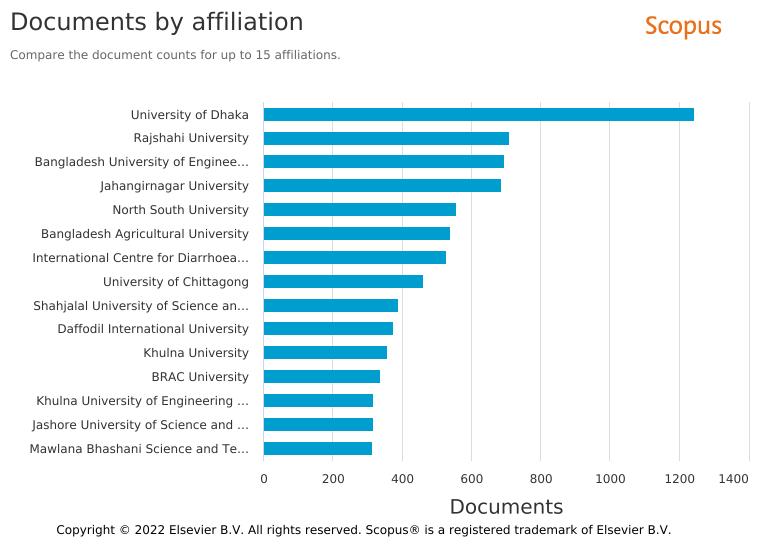
Though this information does not reflect the exact number of articles with a corresponding address from the institutes, it can give a good idea about the origin of the articles. For example, out of more than 1200 articles, only one-fourth has originated from the University of Dhaka. Can this be considered a good sign?
From the number of articles per faculty, we can better understand the performance of any university. In this case, Mawlana Bhashani University is at the top and followed by JUST and BUET.
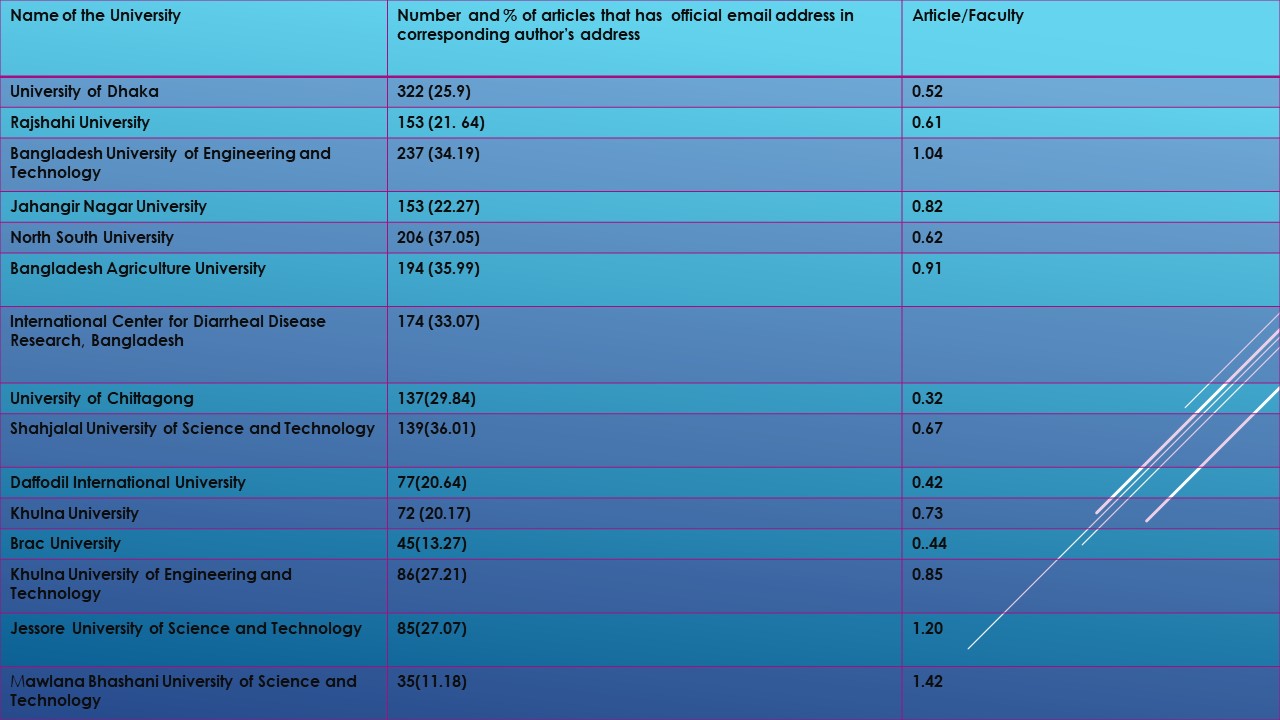
Source: Faculty no was taken from UGC report, 2019
Publications per faculty in the top 15 university
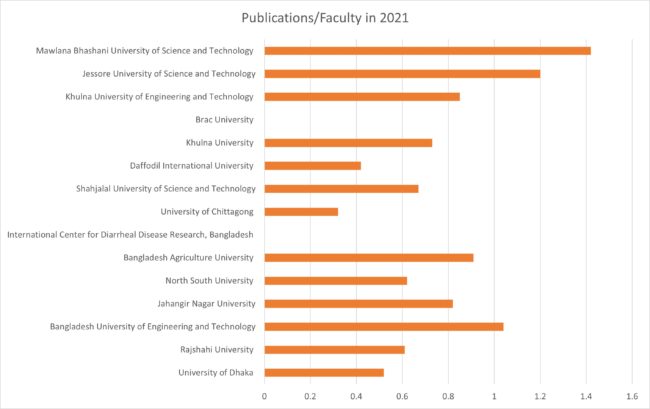
4. Top 15 Public Universities
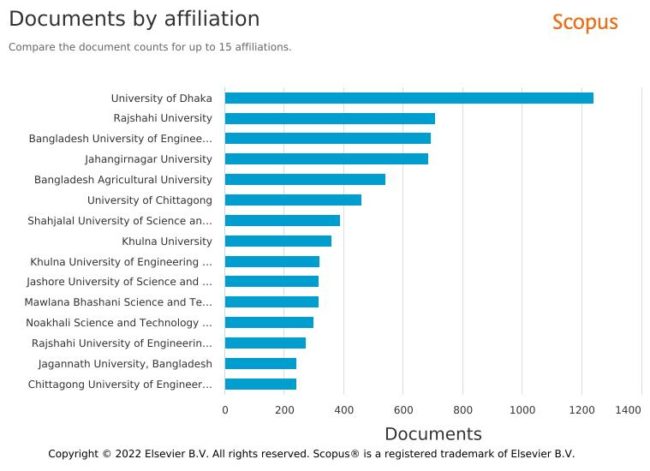
5. Top Agriculture Universities
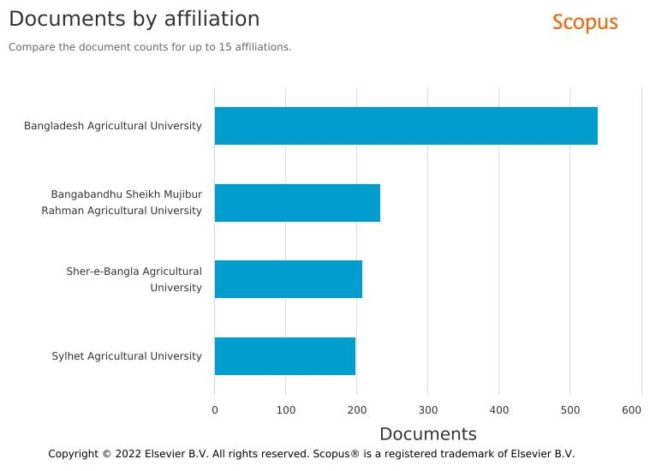
6. Top Medical Universities and Colleges
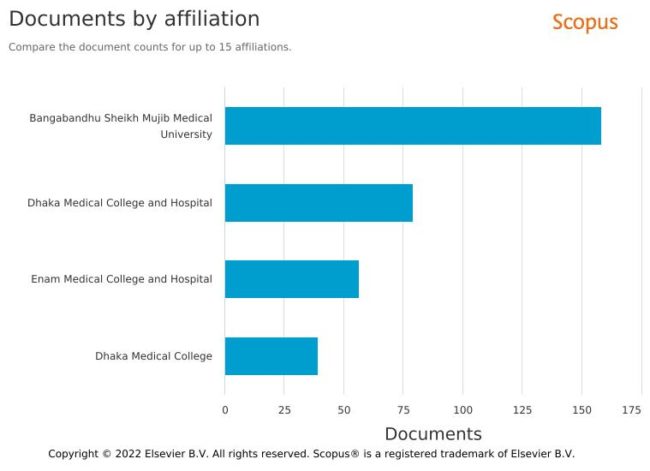
7. Top Engineering and Technology Universities
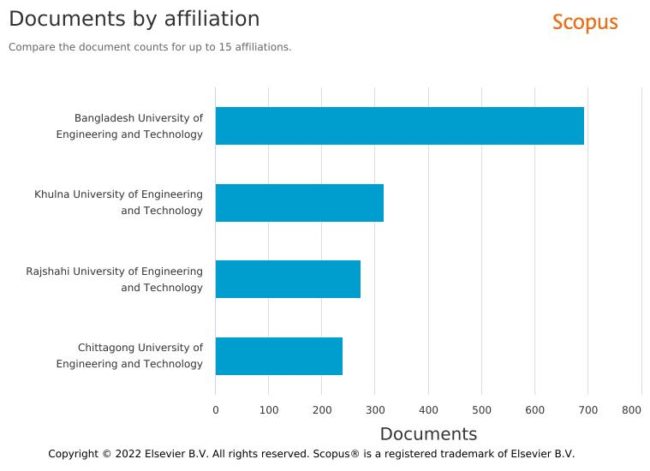
8. Top 10 Science and Technology Universities

9. Top 15 Private Universities
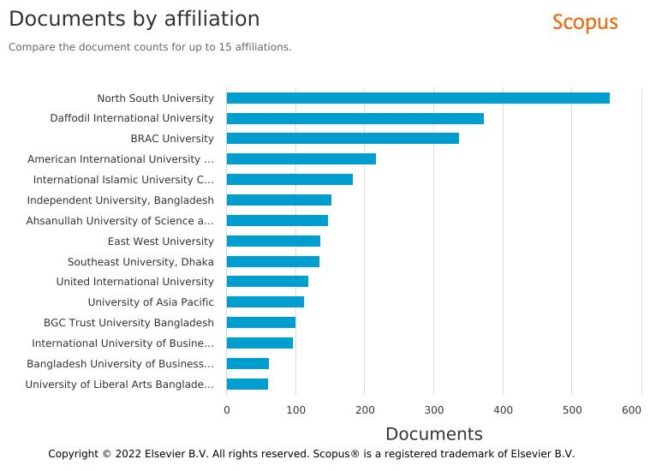
10. Top 15 foreign Universities and Institutes
Bangladeshi researchers are either working in those universities and institutes in deputation or collaborating with researchers from these universities. There is a big shift – a collaboration with Saudi Arabian Universities is on the rise.
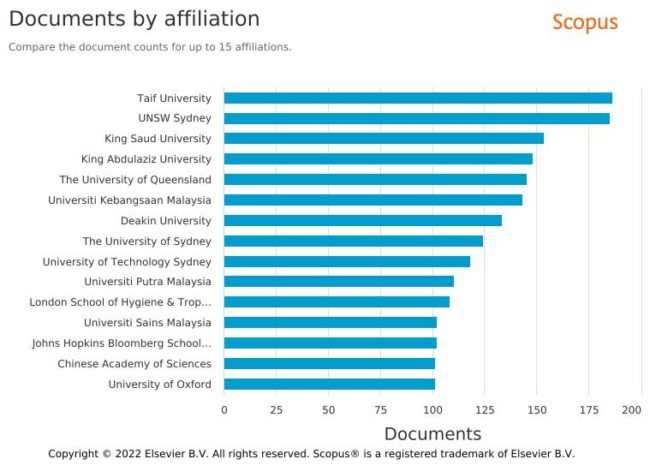
11. BCSIR vs. BAEC
Bangladesh Council of Scientific and Industrial Research (BCSIR) and Bangladesh Atomic Energy Commission are two multidisciplinary governmental research organizations. Both of the organizations have increased publications, but they are publications divided in terms of affiliation.
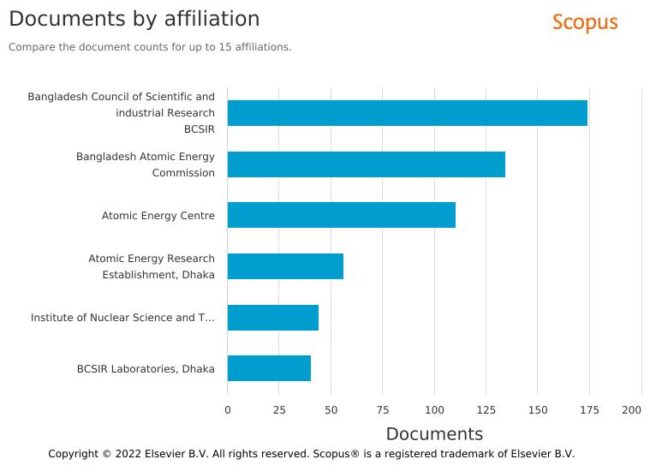
12. Top 15 collaborative countries
Are Bangladeshi researchers collaborating with those countries or just Bangladeshi researchers doing PhD, Postdoctoral in those countries and putting their Bangladeshi affiliation in the publications?
China has surpassed Japan in collaborative publications, and collaboration with neighboring India has also increased.
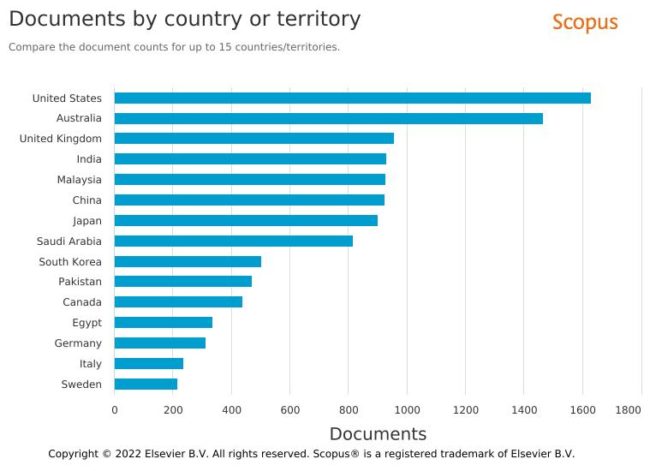
13. Collaboration with SAARC and other neighboring countries
Joint publications with SAARC countries are not big. This reflects that we are not doing enough research with our neighbors on our common problems. However, collaborative publications almost doubled with our South Asian neighbors than last year.
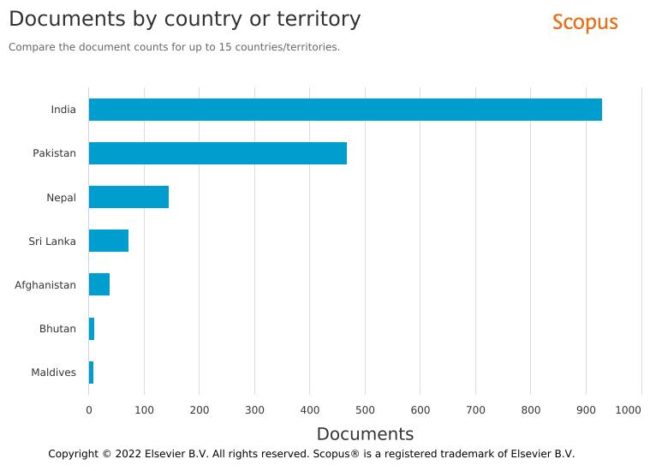
14. Document types
The number of books, book chapters, and review articles increased significantly in 2021 though the percentage of books has not increased.
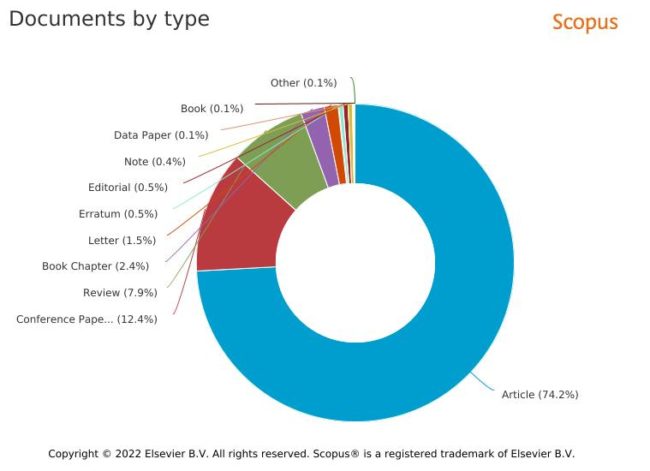
15. Research Subject Area
Engineering was the largest research subject area in 2021. Medicine and Computer science are the second and third largest areas of publications. There is a big increase in environmental sciences publications in 2021, and it is the fourth-largest area surpassing Agriculture and biological sciences.
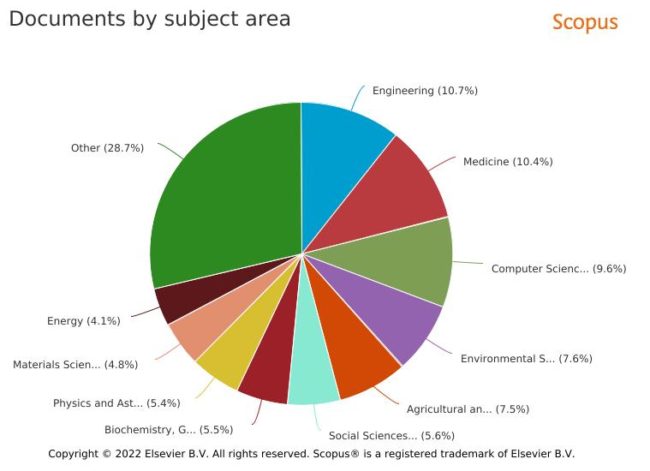
16. Funding sponsorship
The majority of the top 15 funding bodies are from abroad. So how much of the researches of the publications were done in Bangladesh and related to problems of Bangladesh? A major concern to dig deep.
National Natural Science Foundation of China has appeared as the top funding sponsor in 2021.
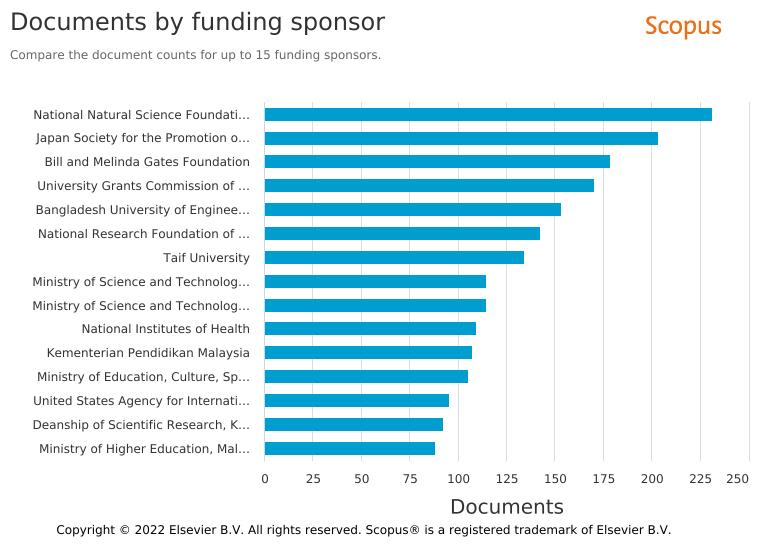
Top national funding bodies
University Grants Commission has appeared as the top local funding sponsor. As a funding body, the University of Dhaka is poor. Out of 1200, only above 50 publications’ research is funded by the University of Dhaka. Why is this discrepancy? The same applies to most of the other universities.
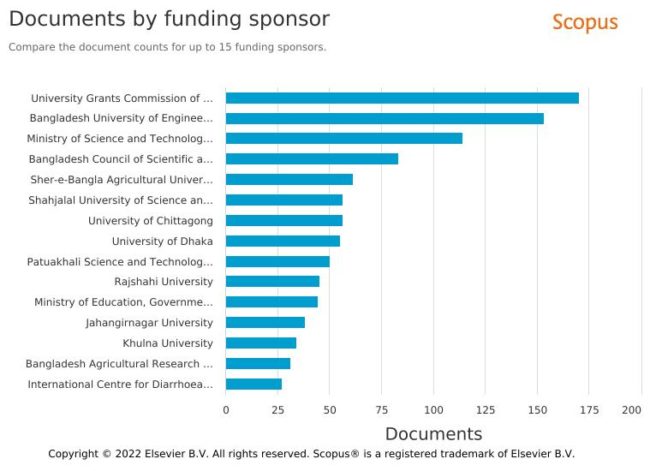
17. Patent
Only one patent in 2021, Habib Salman, is part of the multinational patent application in music composition. The number of Patents reflects the extent of applied research. Only one patent in 2021 reflects our poor performance in applied research or technology, technique, process, or method development.

18. Publications and patents by South Asian countries in 2021 and growth pattern over the last five years
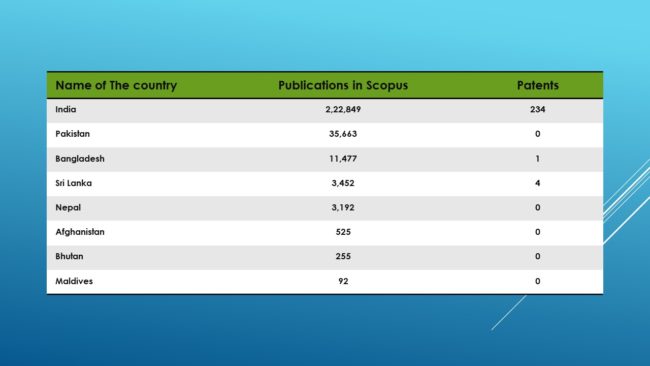
Growth of publications in South Asian countries over the last five years.
Like any other indicator, South Asia is also growing in Scientific publications. Nepal and Sri Lanka have grown 20 times and 16.5 times, respectively. Afghanistan, Bangladesh, Bhutan, and Pakistan have grown between 2-3 times and India 1.4 times, but Maldives growth is 30 times.

N. B: Data were taken on 8 January 2022
Concluding remarks
From the data of articles per faculty which is less than 1 for most universities, and the number of corresponding authors ( only 1/4 articles are originating from the institutes’ own research), the scenario is far from satisfactory through publication number is increasing.
The majority of the publications are from NRB researchers. Research fund is also coming mostly from foreign funding bodies. This means that our own research organizations are not publishing enough documents and reflect that more Bangladeshi are going abroad for research purposes.
Measures should be taken so that publication from 1. our own research works with 2. our own fund in 3. our research organizations increases and research is commercialized.


